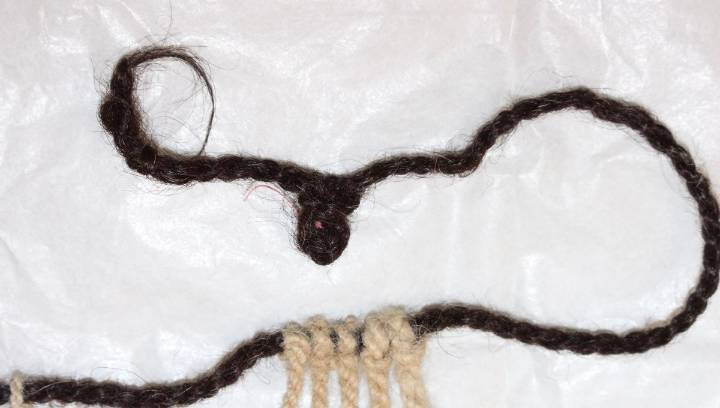A 500-year-old Inca document made of alpaca wool and human hair was made by an unknown individual of low social status, shattering the common belief that only high-ranking imperial officials knew how to produce these strange thread-based records. Known as a khipu, the artifact forms part of a “ proto-writing ” tradition that was widespread in the Andes until the arrival of the Spanish conquistadores, and which persisted in isolated highland villages until the 20th century. The rest of this article is behind a paywall. Please sign in or subscribe to access the full content.
However, because most known examples of Inca-era khipus come from graves that were looted before archaeologists had a chance to excavate them, it’s currently impossible to link these relics to any specific khipukama

 IFL Science
IFL Science

 WBAY TV-2
WBAY TV-2 KNAU
KNAU